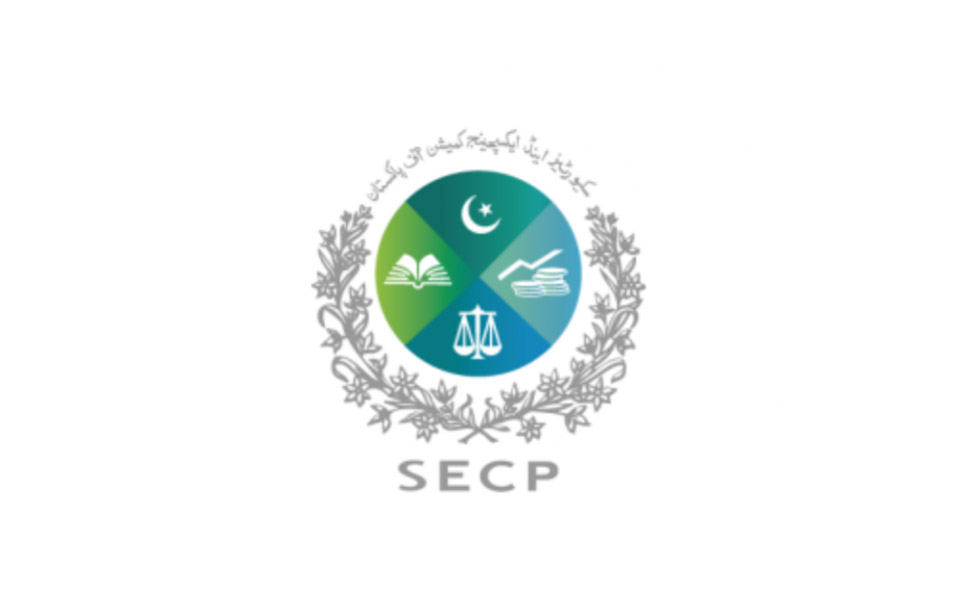Inflation to range from 4.5% to 5.5%, GDP to range from 5% to 6% in FY '18: SBP

MG News | October 12, 2017 at 09:24 PM GMT+05:00
State Bank of Pakistan said during FY18 according to the latest numbers revealed that economy to show mixed performance and need to address several challenges to contain the economy through keeping a close eye on containing imports, inflation and boosting export base.
State Bank of Pakistan released an annual report for 2016-17 and discussed various sectors of the economy during the last fiscal year but also throws light on the current fiscal year. The central bank highlights some major challenges which need to be addressed to contain the pace of the economy at the current level.
The external and fiscal accounts, however, may remain under pressure expected to emanate from likely elevated import demand and increase in public spending, by provincial governments in particular, in a bid to complete development projects before the upcoming general elections in the country.
The real economic activity is expected to continue benefitting from accommodative macroeconomic policies, activity related to CPEC, and consistently improving domestic energy supply and security situation.
The real GDP growth is projected to come close to the 6.0 percent target for FY18. The agriculture sector is expected to repeat its performance seen last year with major contribution expected from the crop sector, especially cotton and rice. Notwithstanding a fall in the area under cotton by 12 percent against the target, cotton output is expected to remain higher compared to last year.
The industry, largely LSM, construction and electricity generation and electricity and gas distribution, will continue to benefit from the ongoing work on infrastructure and energy related CPEC projects. Thus, the expected improved performance of the agriculture and industrial sectors will spillover to the services sector in FY18 as well. With real economic activity gaining further traction, the import demand, both for machinery and raw materials as well as consumer goods, is expected to remain strong during FY18 as well.
On the other hand, growth in exports and workers’ remittances is expected to recover. The exports are expected to benefit from a recovery in global commodity prices and ease in energy constraints. This is particularly indicated by a double-digit growth in exports recorded during the first two months of FY18. In case of workers’ remittances, the initiatives under PRI could help in attracting more receipts through official channel. The key initiatives includes new products for diaspora, extending the tie-up arrangements as practiced in case of GCC and UK to other sources of remittances like Malaysia, South Africa and New Zealand, and plans to further reduce the cost of fund transfers.
Incorporating these developments, workers’ remittances are projected to remain in the range of US$ 19-20 billion during FY17. Yet, the pace of increase in exports and remittances is likely to be slower compared to increase in imports. Therefore, the current account deficit is projected to remain around last year’s level, that is, in the range of 4.0 to 5.0 percent of GDP. The FY18 budget envisages fiscal deficit at 4.1 percent of GDP.
Given the capital spending requirement of the government for completing various projects under CPEC and likely increase in provincial spending during the election year, achieving the target 4.1 in FY18 could be challenging. Moreover, any shortfall in revenue may keep the fiscal deficit close to FY17 level. Notwithstanding expected increase in domestic demand, average CPI inflation is projected to remain in the range of 4.5 to 5.5 percent during FY18.
Sufficient food stocks (wheat, rice, and sugar) in the country, weak domestic oil prices and stable exchange rate are expected to offset the impact of expected further rise in domestic demand. Moreover, as per IMF projections, the commodity prices, palm oil and sugar, are also likely to fall in international market over the next few months. Thus, the assessment shows the economy is likely to continue to expand with low and stable inflation in FY18. Encouraging trends in private sector credit indicate underlying dynamics in real economic activity. However, maintaining this momentum going forward would largely depend on addressing emerging challenges in external and fiscal accounts.
Related News
| Name | Price/Vol | %Chg/NChg |
|---|---|---|
| KSE100 | 138,597.36 256.32M | -0.05% -68.14 |
| ALLSHR | 85,286.16 608.38M | -0.48% -413.35 |
| KSE30 | 42,340.81 77.13M | -0.03% -12.33 |
| KMI30 | 193,554.51 76.19M | -0.83% -1627.52 |
| KMIALLSHR | 55,946.05 305.11M | -0.79% -443.10 |
| BKTi | 38,197.97 16.53M | -0.59% -225.01 |
| OGTi | 27,457.35 6.73M | -0.94% -260.91 |
| Symbol | Bid/Ask | High/Low |
|---|
| Name | Last | High/Low | Chg/%Chg |
|---|---|---|---|
| BITCOIN FUTURES | 117,670.00 | 121,165.00 117,035.00 | -1620.00 -1.36% |
| BRENT CRUDE | 69.23 | 70.77 69.14 | -0.29 -0.42% |
| RICHARDS BAY COAL MONTHLY | 96.50 | 0.00 0.00 | 2.20 2.33% |
| ROTTERDAM COAL MONTHLY | 104.50 | 104.50 104.50 | -0.30 -0.29% |
| USD RBD PALM OLEIN | 998.50 | 998.50 998.50 | 0.00 0.00% |
| CRUDE OIL - WTI | 66.03 | 67.54 65.93 | -0.20 -0.30% |
| SUGAR #11 WORLD | 16.79 | 17.02 16.71 | 0.05 0.30% |
Chart of the Day
Latest News
Top 5 things to watch in this week
Pakistan Stock Movers
| Name | Last | Chg/%Chg |
|---|
| Name | Last | Chg/%Chg |
|---|




 Weekly Forex Reserves
Weekly Forex Reserves